How to Make Chloroform: An Overview
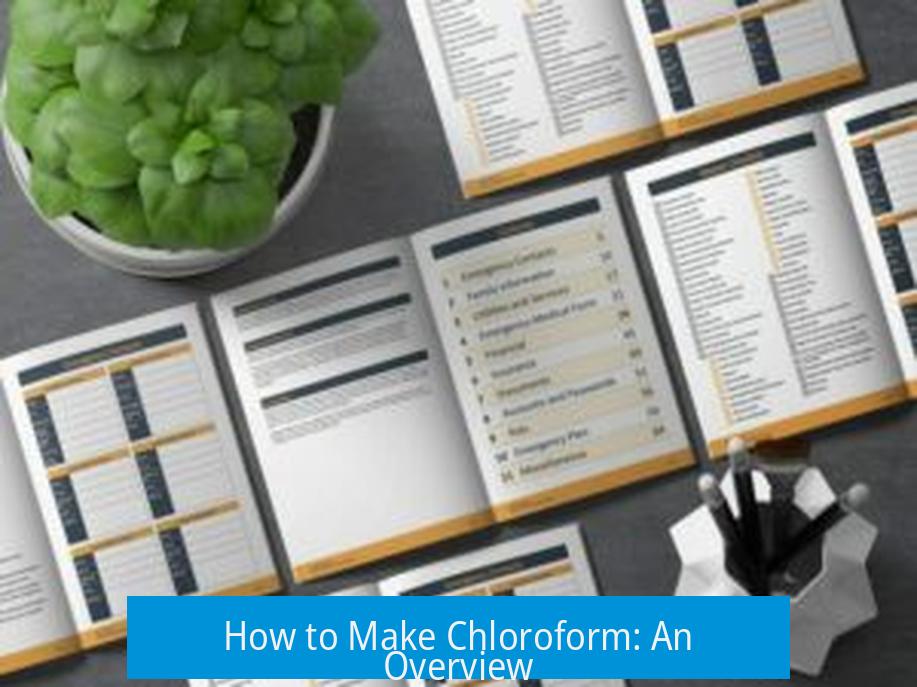
Chloroform can be synthesized by reacting concentrated bleach (sodium hypochlorite) with acetone under controlled conditions but requires extreme caution due to its toxicity and instability. The process involves chemical transformation producing chloroform as a byproduct, which can be separated given its immiscibility with water.
Chemical Process and Ingredients
Typical preparation uses approximately 3.6 liters of concentrated bleach and 100 milliliters of acetone. When mixed, these reactants generate chloroform, alongside other substances. This reaction occurs under alkaline conditions and requires conditions that control temperature and timing to optimize yield and minimize risks.
Separation and Purification
Since chloroform is not miscible with water, it can be isolated from the reaction mixture by using a separatory funnel. Decantation is a more rudimentary method but less precise. Proper separation reduces contamination from precursor chemicals and byproducts.
Safety and Toxicity Concerns
- Chloroform is highly toxic and classified as carcinogenic.
- It decomposes to phosgene, a highly poisonous gas, especially if stored improperly.
- Handling requires specialized knowledge and protective equipment to avoid severe health hazards.
Storage and Stability
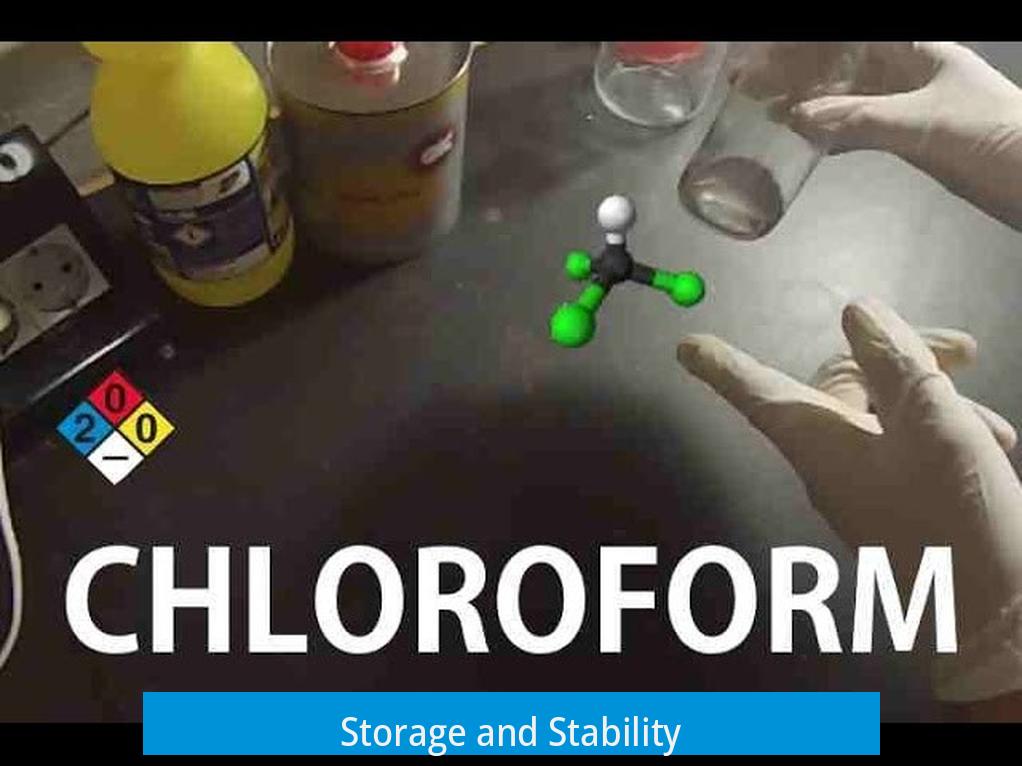
Incorrect storage accelerates the degradation of chloroform into toxic compounds. Storage containers must be airtight and made of compatible materials, often in cool, dark places to minimize decomposition.
Ethical and Legal Considerations
Chloroform has legitimate uses as a solvent and reagent in laboratories. However, misuse poses significant risks and legal consequences. One must ensure the intent aligns with lawful and safe chemical practices.
Summary of Key Points
- Preparation involves bleach and acetone reacting under controlled conditions.
- Chloroform is separated based on its water immiscibility.
- It is highly toxic and carcinogenic; safety protocols are essential.
- Proper storage prevents conversion to harmful phosgene gas.
- Use must comply with ethical and legal standards.
What chemicals are needed to make chloroform?
You need concentrated bleach and acetone. Approximately 3.6 liters of bleach and 100 milliliters of acetone are used. These react together to produce chloroform under certain conditions.
How can chloroform be separated from the reaction mixture?
Chloroform does not mix with water. You can separate it using a separatory funnel. Decanting carefully with a narrow vessel might also work for crude separation.
Is chloroform safe to make or store?
Chloroform is toxic and carcinogenic. It degrades into phosgene, which is highly poisonous. Proper storage is essential because poor storage can make it dangerous.
What are the risks involved in making chloroform?
Making chloroform involves health hazards. It is toxic and can cause serious harm. Without proper knowledge, you risk poisoning yourself or others. Extreme caution is necessary.
What are the appropriate uses of chloroform?
Chloroform is best used as a solvent or reagent in chemical processes. It should not be used for harmful or illegal purposes. Ethical use is important to avoid legal and moral issues.


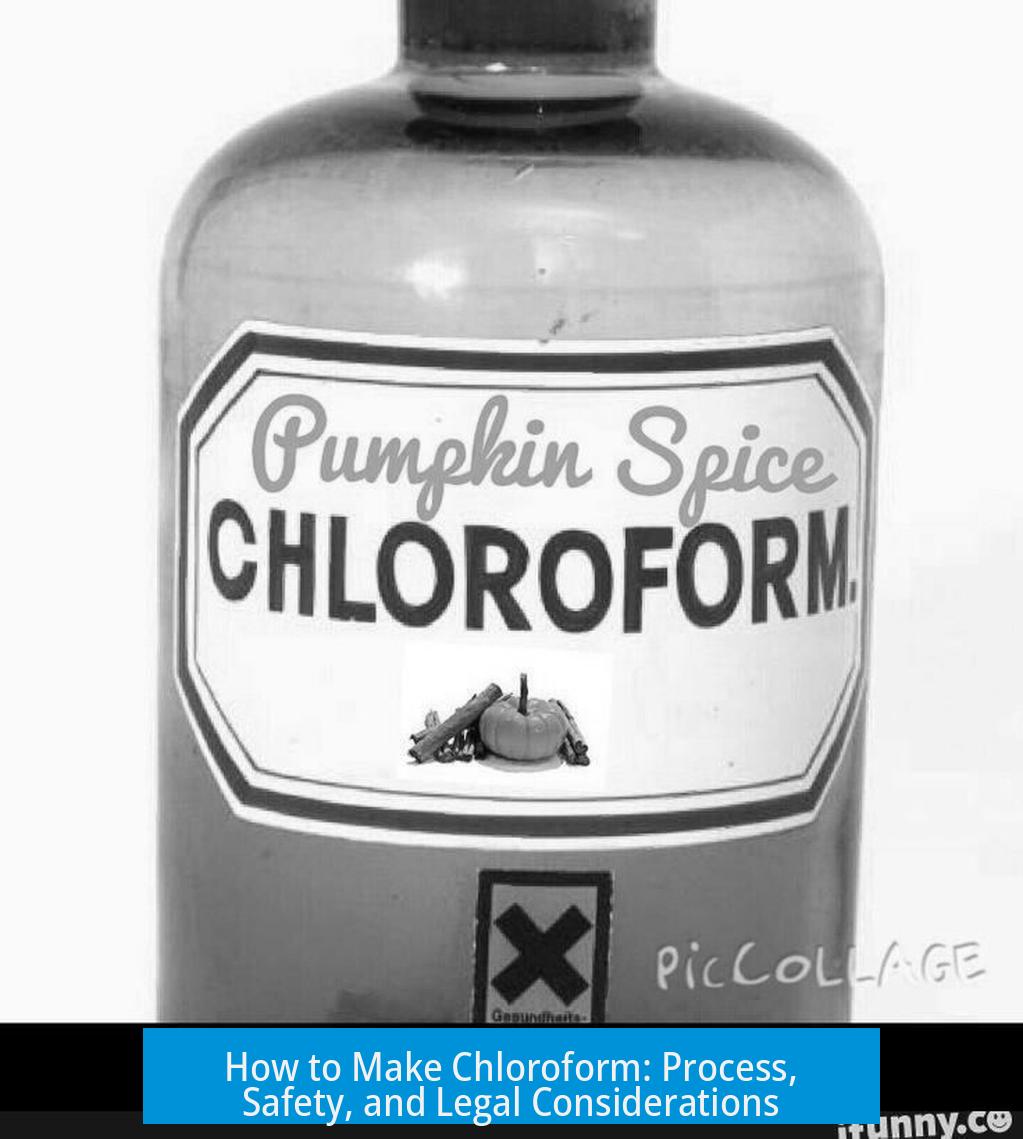
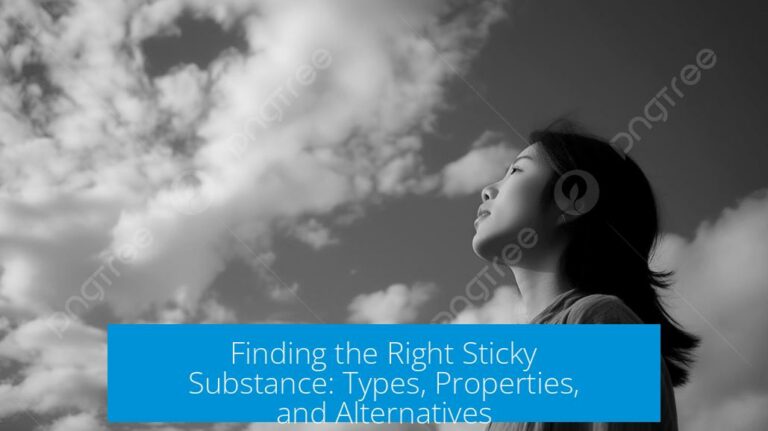
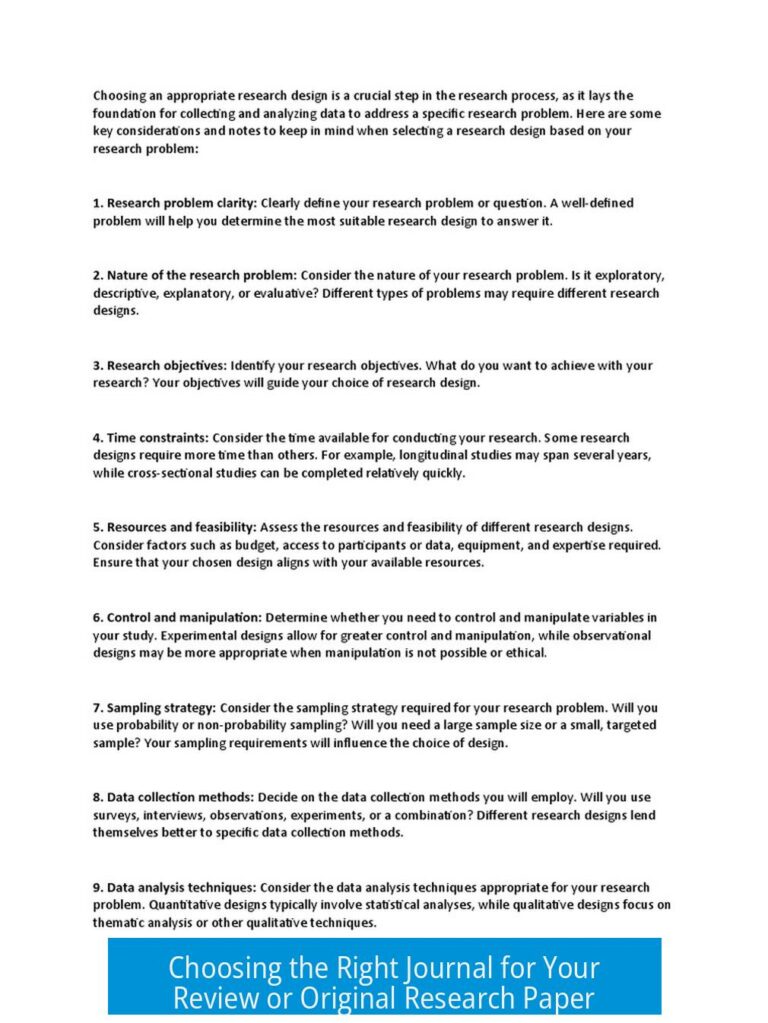
Leave a Comment